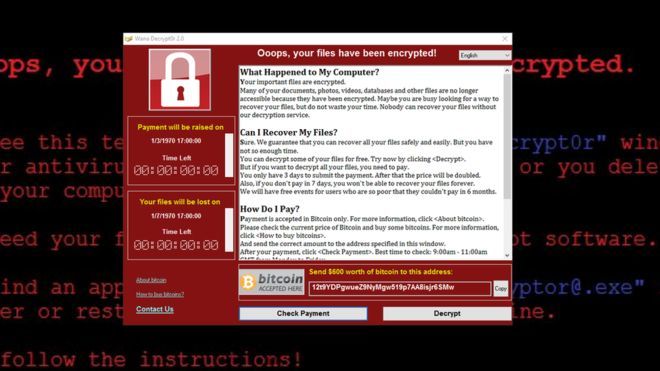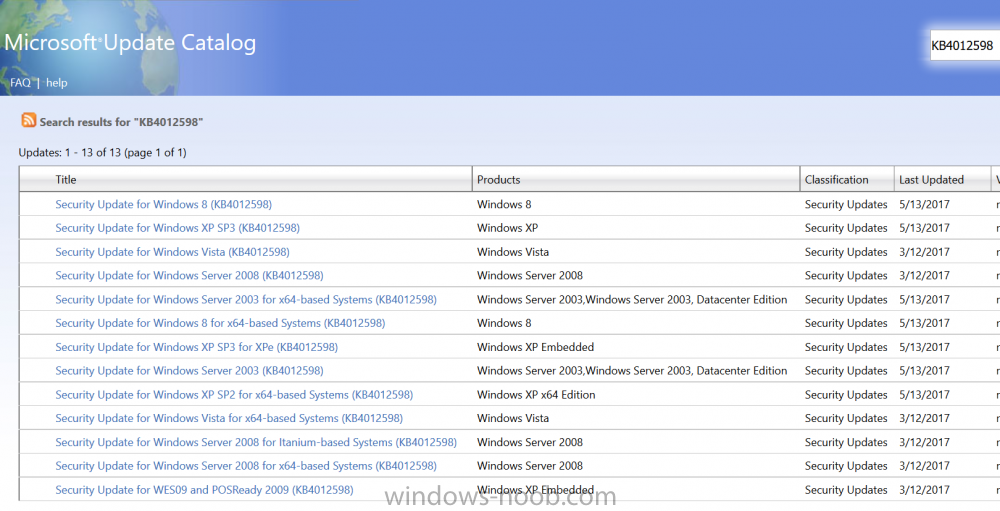Search the Community
Showing results for tags 'xp'.
-
WannaCry was a disaster that could have been prevented if people took notice. If you didn’t hear about it you must have been asleep, here is a refresher. After WannaCry, most businesses took notice and updated their operating systems, patched them and took measures to avoid a furth...
-
- server 2003
- ransomware
-
(and 5 more)
Tagged with:
-
I am trying to build an XP image that will be pushed out to 'refresh' exisiting XP installed and these will become dumb terminals for RDP use only. The basic steps i am trying to follow are Create Deployment Share Add XP Operating system under Operating Systems Add Capture and Sysprep Task...
-
- MDT
- Server 2012
-
(and 1 more)
Tagged with:
-
Hi everyone, I have to migrate 8500 PC from XP to Win 7 (and later 8.1) using a fresh install of SCCM 2012 R2. My goal is to be able to use USMT to backup user's files on a SMP server and I would like to do this in Offline mode. As USMT 6.3 is incompatible with XP, I found this article and suc...
- 7 replies
-
- SCCM 2012 R2
- XP
-
(and 1 more)
Tagged with:
-
Getting error when refreshing xp to 7
blah blah blah posted a question in Microsoft Deployment Toolkit (MDT)
hi guys i'm doing a lab from the book System Center 2012 Configuration Manager: Mastering the Fundamentals by Kent Agerlund, and in it, there is a refresh to win 7 from xp lab using mdt integraated with config manger. I'm following the instructions exactly, but everytime i run the task sequence to... -
I have two TS, one for known computers with allready installed the agent (migrate compname is on) and another for unknown computers, on this one you need to fill in the computer name during WinPE. This method works fine for Win 7 and Vista. On XP there is a problem: We work with a full opera...
-
Hi, I'm having an issue while trying to deploy Windows XP SP3 from a captured image to a computer using SCCM 2012. All my Windows 7 deployments work great, but this one is failing. The problem seems to be during the Apply device driver point. In my environment, I've created driver packages...
-
All, I am trying to deploy windows Xp via SCCM. I have SCCM set up correctly - It was working! Yesterday I added in 1 driver... It failed deploying so I thought "OK" and removed it from the package and updated the distribution point...... NOW - I cant build the machine that worked absolutely...
-
Hello all, I'm using SCCM 2007 SP2 to do some test deploying of Windows XP SP1a to a Dell SX270 desktop machine. I've successefully deployed this package (minus the driver which I'll discuss in a minute) to a vmware virtual machine. For the, the package deploys and it does finish the installat...






